
The 100-minute meeting between US President Donald Trump and Chinese President Xi Jinping in Busan, South Korea on October 30 brought certain trade concessions, but experts unanimously warned that this was only a "tactical truce" in the long-term competition between the two superpowers, according to RFE/RL (Free Europe) radio and DW international radio (Germany).
Short-lived deal, fragile results
The meeting lasted only 100 minutes, much shorter than the originally planned three to four hours. Deborah Elms, head of trade policy at the Hinchrich Foundation in Hong Kong, said it was "an interesting outcome" that there was no pre-prepared announcement and no joint press conference. According to expert Elms, both sides lacked clarity on what could be announced and were concerned about the possibility of changes in commitments.
The market reaction reflected that skepticism. An initial rally in Chinese stocks quickly faded as investors awaited details. Anna Wu, cross-asset strategist at Van Eck Associates Corp., said the deal was seen as a “tactical truce” and warned that the outlook “may remain volatile.”
On tariffs, the US reduced its fentanyl duty from 20% to 10% in exchange for Beijing’s commitment to curtail its trade in the drug. China also ended its ban on US soybeans, an export worth tens of billions of dollars a year, and agreed to buy “a substantial amount” of other US agricultural products.
On rare earths, China agreed to a one-year deal to secure supplies of the vital minerals, which account for 70-80% of global production. Beijing also temporarily lifted controls and waived port fees for a year. However, Alicia Garcia-Herrero, chief Asia- Pacific economist at Natixis, pointed out that the 10% tariff reduction came without details on easing China’s rare earth export licenses.
President Trump also announced that China has agreed to start buying US energy soon, hinting at a “large-scale deal” to buy oil and gas from Alaska. On semiconductors, he hinted that China could increase its purchases of US chips, although not NVIDIA’s top-of-the-line Blackwell chips.
The core issue is still being overlooked.
RFE/RL quoted Zsuzsa Anna Ferenczy, a scholar at the Martens Institute in Brussels, as saying that the two sides are trying to stabilize relations, but core issues remain. Sensitive issues such as the Taiwan Strait or China's purchase of Russian oil were not discussed. President Trump only said the two sides discussed ways to cooperate to end the conflict in Ukraine, but did not disclose details.
Core structural issues such as intellectual property protection, artificial intelligence and strategic competition were largely ignored. Craig Singleton of the Foundation for Defense of Democracies said that “the Busan meeting bought time but did not build trust.” Both sides are still trying to capitalize on the opportunity to consolidate their advantages in key areas such as semiconductors, artificial intelligence and high-tech supply chains.
Nuclear arms race
Just hours before the meeting, President Trump announced that he would immediately resume US nuclear testing for the first time in 33 years, focusing on submarine capabilities. He warned that China and Russia could catch up with the US in nuclear power within the next five years.
"Trump knows that's where they have leverage, compared to economic issues," said Garcia-Herrero, who is also a senior fellow at the Brussels-based think tank Bruegel, adding that the announcement was "really scary." She warned that the market reaction could be "very negative if this really escalates on the nuclear front rather than the economic front."
To counter China’s “rare earth weapons,” President Trump has also signed a series of mineral mining agreements with Australia, Japan, Malaysia, Pakistan, Thailand, and Ukraine. The G7 countries have held an emergency meeting to find alternative supplies, while the EU plans to meet with Chinese representatives on October 31 to negotiate export controls.
Expert Ferenczy commented that China has gone too far in "weaponizing rare earths", making the West more united in finding a way out.
Long-term outlook
Both the US and Chinese economies are still reeling from the lingering effects of a nearly year-long trade war. China’s property crisis and sluggish domestic demand have eroded consumer confidence, while the US is facing persistent inflationary pressures and weak industrial output.
Da Wei, director of the Center for Security and Strategy at Tsinghua University, said the two countries do not need to be friends, but they must avoid becoming enemies. However, the competition between the two superpowers remains structural. The two economies, accounting for more than 40% of global GDP, continue to collide in areas ranging from energy, data, technology to geopolitical influence.
Analysts believe the risk of re-escalation remains high without deeper reforms or sustained cooperation. The trade truce in Busan is just a “strategic pause” in a long-term struggle, and tensions over nuclear, technology and strategic resources will continue to determine the global landscape in the coming decade.
Source: https://baotintuc.vn/phan-tichnhan-dinh/dieu-gi-dien-ra-tiep-theo-sau-thoa-thuan-dinh-chien-thuong-mai-my-trung-20251031123912650.htm





![[Photo] Prime Minister Pham Minh Chinh attends the 5th National Press Awards Ceremony on preventing and combating corruption, waste and negativity](https://vphoto.vietnam.vn/thumb/1200x675/vietnam/resource/IMAGE/2025/10/31/1761881588160_dsc-8359-jpg.webp)

![[Photo] Da Nang: Water gradually recedes, local authorities take advantage of the cleanup](https://vphoto.vietnam.vn/thumb/1200x675/vietnam/resource/IMAGE/2025/10/31/1761897188943_ndo_tr_2-jpg.webp)
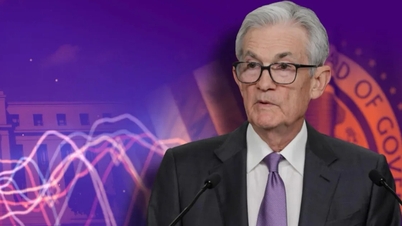

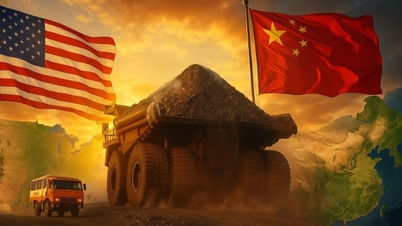
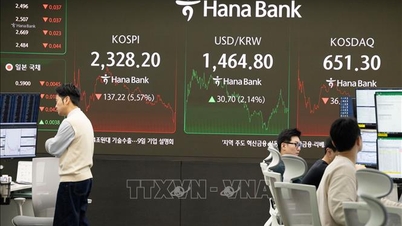





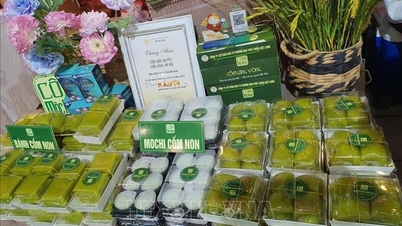
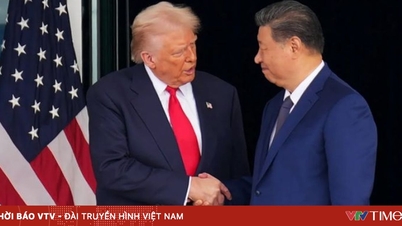

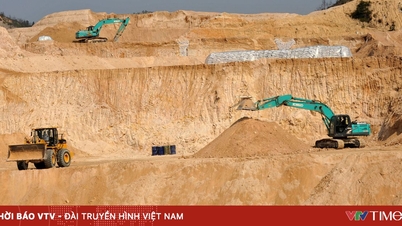
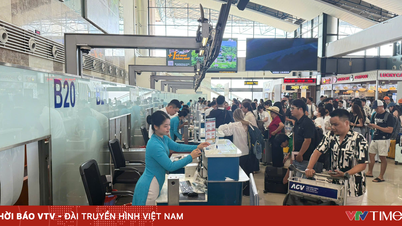
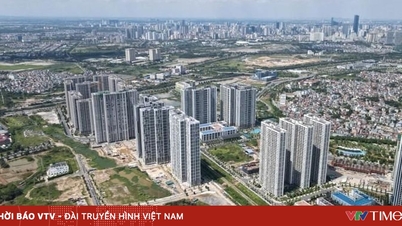
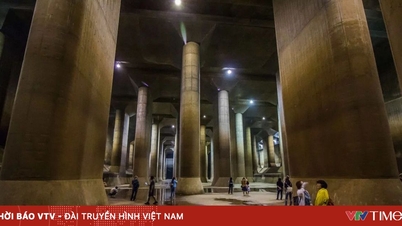




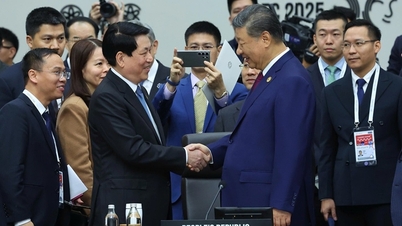
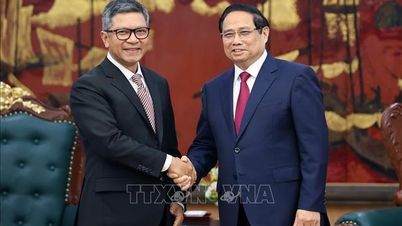
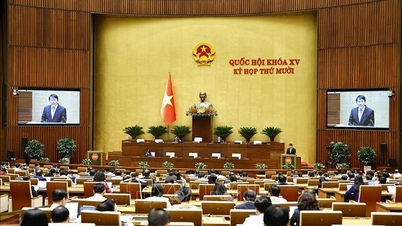
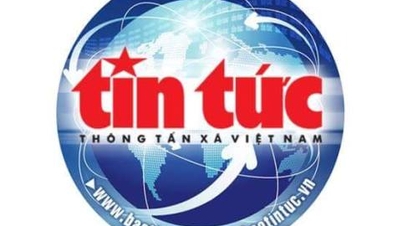
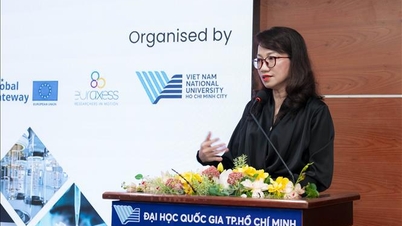


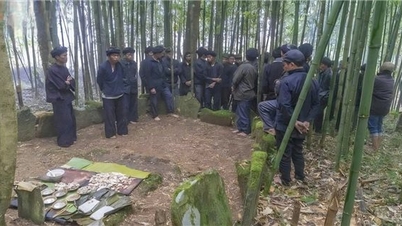

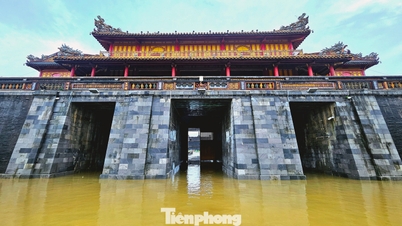










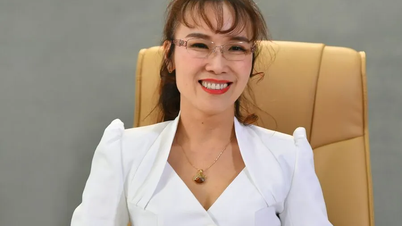

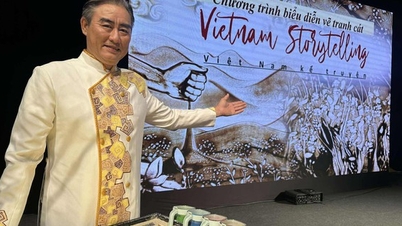


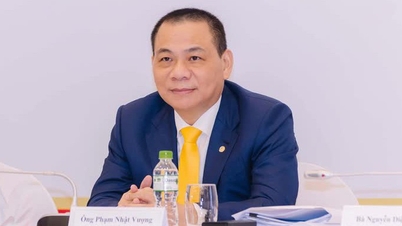

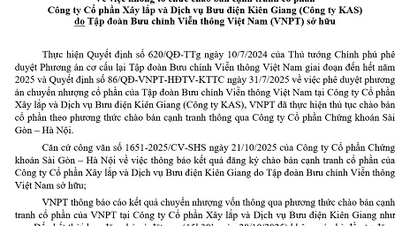


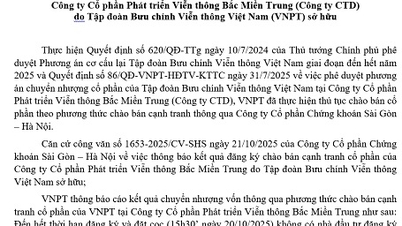
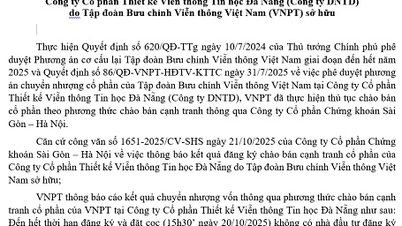






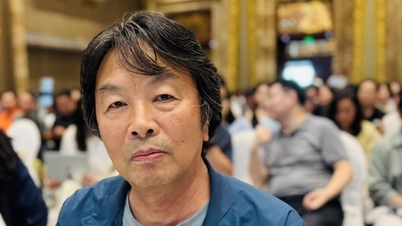



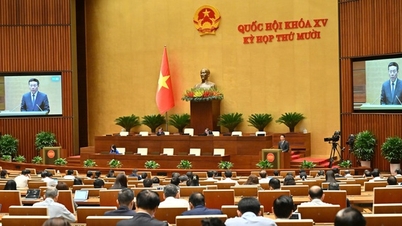

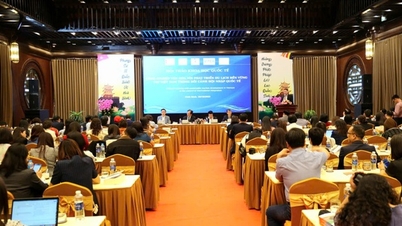
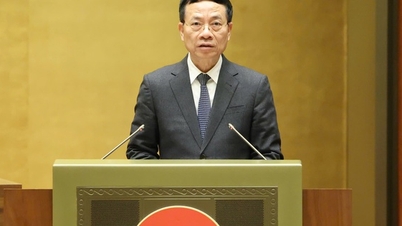
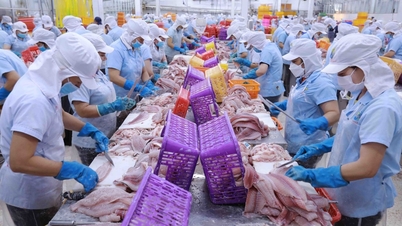
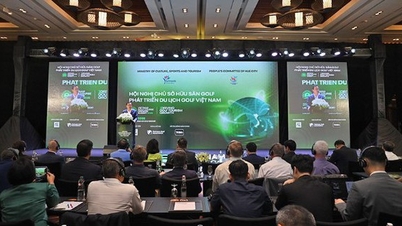
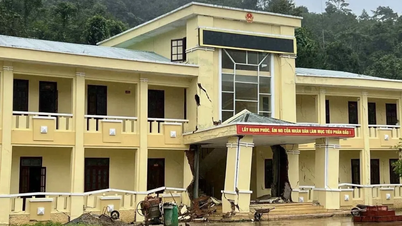




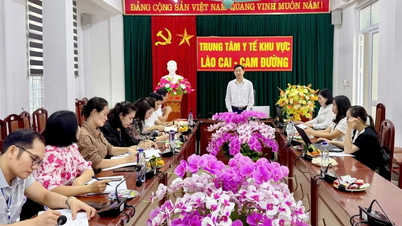


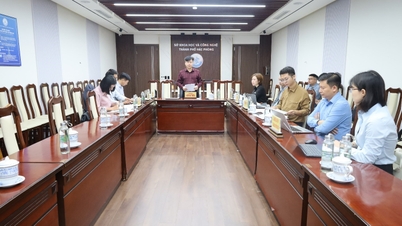










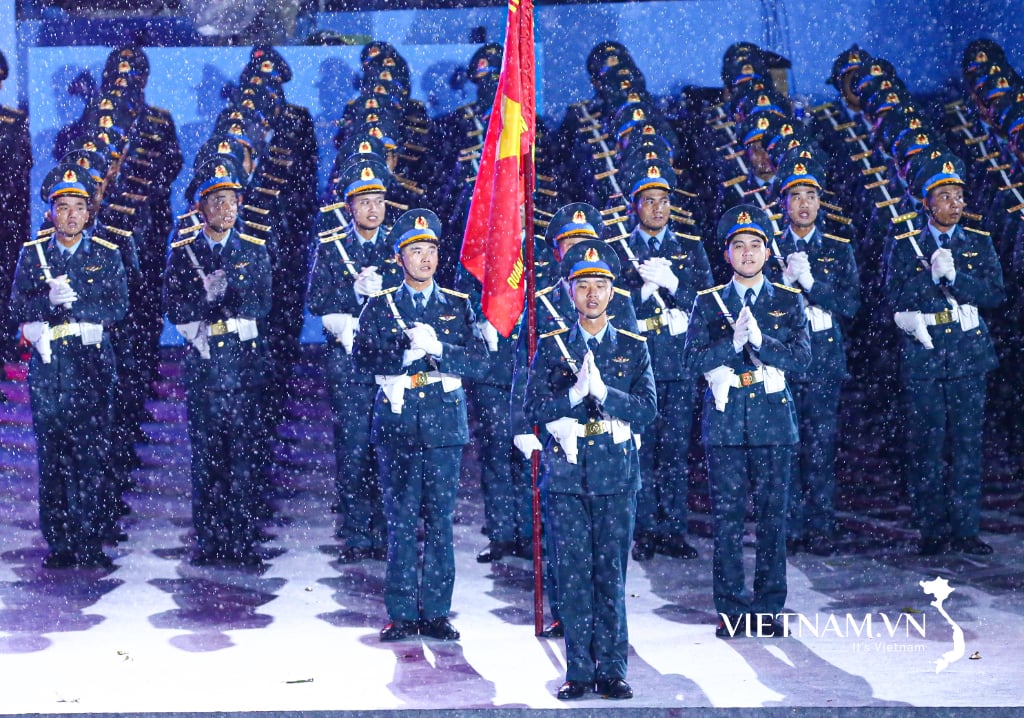


Comment (0)